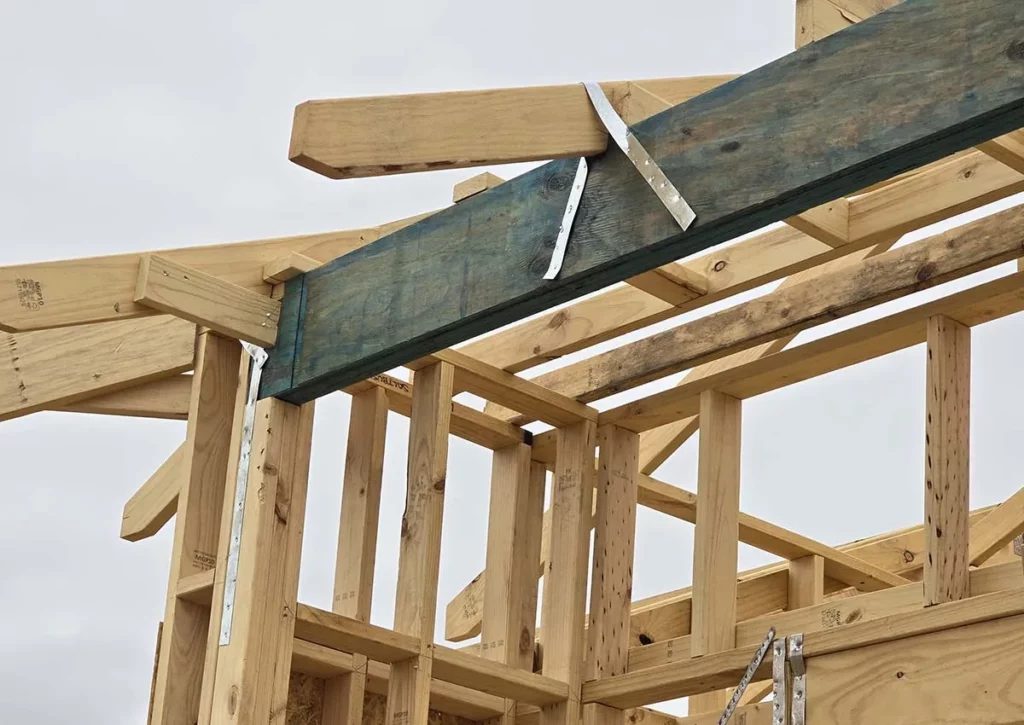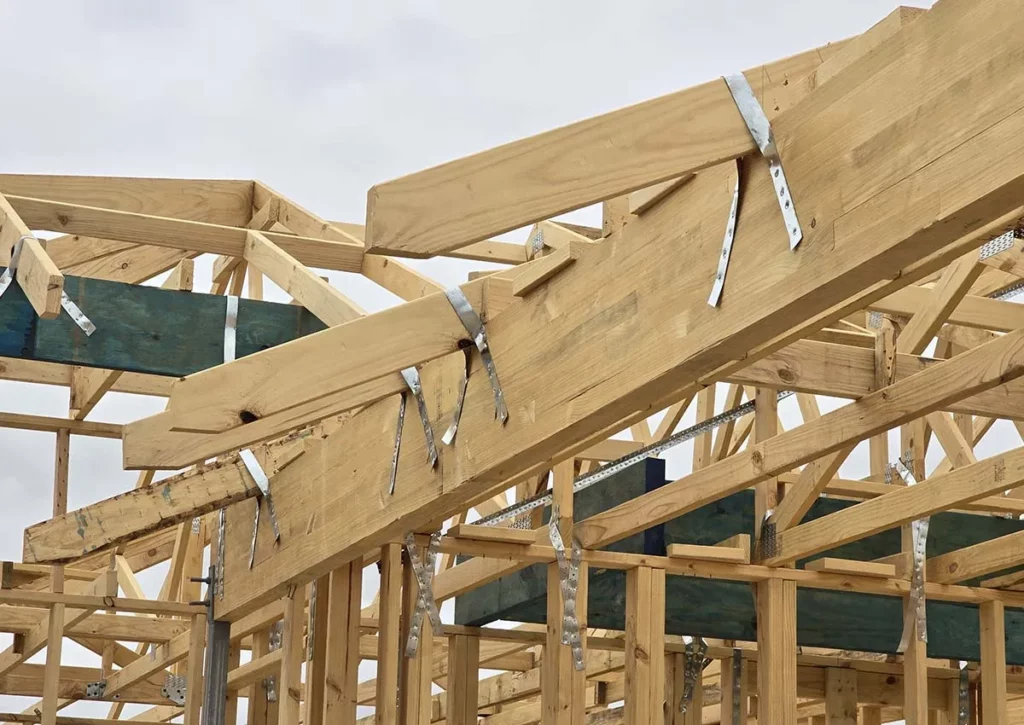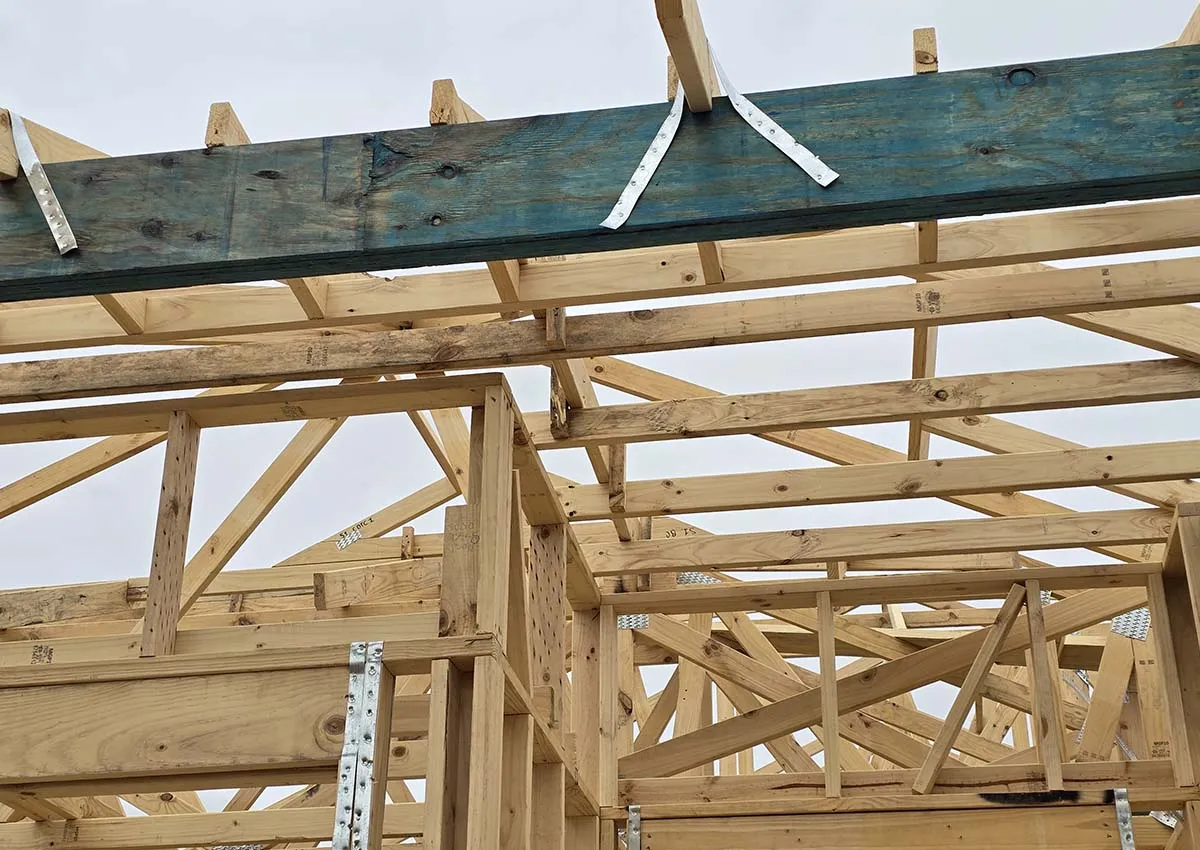In the world of construction and civil engineering, the materials used for formwork are crucial for ensuring structural integrity and efficiency. Laminated Veneer Lumber (LVL) has emerged as a leading choice for heavy-duty formwork applications. This article explores the advantages of LVL timber, its environmental impact, and the safety considerations associated with its use.
Understanding the Basics of LVL Timber
To appreciate the benefits of LVL timber, it’s essential to understand its composition and characteristics. LVL is manufactured by gluing together thin layers of wood veneer under heat and pressure. This process yields a strong and stable product that can be produced in various sizes.
As the construction industry increasingly adopts innovative materials like LVL timber formwork, it is imperative to stay updated on the latest safety practices and technological advancements. Regular workshops and training sessions can keep workers informed about new techniques and equipment, fostering a culture of safety that prioritizes the well-being of all personnel involved in the project. By integrating these practices into daily operations, construction teams can not only enhance safety but also improve overall productivity and project outcomes.
What is LVL Timber?
LVL timber, or Laminated Veneer Lumber, is an engineered wood product used predominantly in construction. The manufacturing process involves bonding multiple layers of thin wood veneers, resulting in a material with enhanced strength and flexibility. LVL is often used in applications where traditional lumber may not suffice, especially in heavy-duty scenarios.

Key Properties of LVL Timber
One of the standout features of LVL timber is its incredible strength-to-weight ratio. This quality makes it an excellent choice for formwork applications where both load-bearing capacity and ease of handling are crucial. Additionally, LVL is less prone to warping or twisting compared to traditional timber, which contributes to its reliability in construction.
Other key properties include its dimensional stability, which helps maintain its shape under extreme conditions, and its resistance to environmental factors such as moisture and pests. These characteristics make LVL timber a preferred material in various construction projects.
Moreover, LVL timber is highly customizable, allowing for the creation of beams and other structural components tailored to specific project requirements. This adaptability not only enhances design flexibility but also reduces waste, making it an environmentally friendly choice. The production process can be adjusted to produce LVL with varying thicknesses and lengths, ensuring that builders can find the perfect fit for their needs, whether they are constructing residential homes or commercial buildings.
Another significant advantage of LVL timber is its sustainability. As it is made from fast-growing tree species, the use of LVL can contribute to responsible forest management practices. Many manufacturers source their veneers from sustainably managed forests, which helps reduce the environmental impact associated with traditional lumber harvesting. This commitment to sustainability, combined with the material’s superior performance characteristics, positions LVL timber as a forward-thinking choice in modern construction.
Read about timber prices: LVL Formwork Timber Prices
The Role of LVL Timber in Formwork Applications
Formwork is the temporary or permanent mold used to hold concrete until it sets. The choice of material for formwork can significantly influence the efficiency and effectiveness of the construction process. LVL timber plays a pivotal role in addressing these needs.
Defining Formwork Applications
Formwork applications encompass a wide range of uses, from simple foundations to complex structures. In heavy-duty construction, formwork must support not only the weight of the concrete but also withstand the forces exerted during placement and curing. LVL timber is particularly suited for this purpose, making it a go-to choice for builders and contractors. Its engineered nature provides a uniformity that is often lacking in traditional lumber, ensuring that the formwork remains stable and reliable throughout the construction process. This consistency is crucial, especially in projects where precision is key, such as in the construction of high-rise buildings or intricate architectural designs.
The Importance of Material Choice in Formwork
The material selected for formwork impacts the overall construction process, from initial setup through the curing stage. Using LVL timber can lead to significant boosts in efficiency. Its high strength allows builders to create slimmer formwork designs while maintaining safety and structural integrity. Moreover, LVL’s lightweight nature reduces labor costs associated with installation and removal. This advantage is particularly beneficial in projects with tight timelines, where every hour counts. Additionally, LVL timber is resistant to warping and splitting, which can be common issues with conventional wood, thus ensuring that the formwork maintains its shape and functionality throughout the curing period.
Choosing the right material is paramount for ensuring the success of construction projects, especially those involving intricate designs or heavy loads. LVL timber stands out in this regard, offering a blend of durability and practicality that few other materials can match. Its versatility allows it to be used in various formwork systems, including slab formwork, wall formwork, and even in more specialized applications like curved or angled formwork. Furthermore, the sustainability aspect of LVL timber cannot be overlooked; it is often sourced from managed forests, making it an environmentally friendly option that aligns with modern construction practices aiming for reduced ecological footprints. As the construction industry continues to evolve, the importance of innovative materials like LVL timber in formwork applications becomes increasingly evident, paving the way for more efficient and sustainable building practices. Read more about ecological at https://www.ecomena.org/education-environmental-protection/
Advantages of Using LVL Timber for Heavy-Duty Formwork
The use of LVL timber for heavy-duty formwork comes with numerous advantages that can enhance construction operations. Understanding these benefits can aid contractors in making informed material choices.
Strength and Durability of LVL Timber
One of the primary reasons LVL timber is favored in heavy-duty applications is its exceptional strength and durability. LVL can handle greater loads than many traditional materials, ensuring that it can withstand the demands of large-scale construction projects.
Furthermore, LVL’s resistance to deformation under load contributes to the smooth finish of the concrete surfaces, minimizing the need for additional treatments or adjustments after the concrete sets. This characteristic is particularly beneficial in high-stakes environments where precision is paramount.
In addition to its load-bearing capabilities, LVL timber is engineered to resist warping, splitting, and shrinking, which can be common issues with solid wood. This engineered nature means that LVL maintains its structural integrity over time, even when exposed to varying environmental conditions, such as moisture or temperature fluctuations. As a result, contractors can rely on LVL for consistent performance throughout the duration of a project, ultimately leading to fewer delays and disruptions.
Cost-Effectiveness of LVL Timber
Cost efficiency is a significant consideration in any construction project. Despite the initial investment, LVL timber can provide long-term savings through its durability and reusability. It can be used multiple times, leading to lower material costs over the project’s lifespan.
Additionally, the speed of installation afforded by LVL timber translates to reduced labor costs. Contractors find that projects can be completed more quickly when utilizing LVL, allowing them to take on additional jobs and increase profitability.
Moreover, the lightweight nature of LVL timber simplifies transportation and handling on-site, which can further reduce costs associated with equipment and labor. Since LVL is easier to maneuver than heavier alternatives, workers can set up formwork more efficiently, leading to enhanced productivity. This efficiency not only helps in keeping projects on schedule but also minimizes the risk of workplace injuries, as lighter materials are generally safer to handle. As a result, the use of LVL timber not only supports the financial aspects of a project but also promotes a safer working environment for construction teams. Click here to read more about efficiency.
Environmental Impact of Using LVL Timber
As sustainability becomes more important in modern construction practices, the environmental impact of materials is coming under increased scrutiny. LVL timber appears to hold a favorable position in this regard.
Sustainability of LVL Timber
LVL is often produced from sustainably sourced wood, meaning that forestry practices support regeneration and ecological balance. This responsible sourcing makes LVL a more environmentally friendly option compared to conventional lumber, which can lead to deforestation and habitat destruction.
Moreover, because LVL is manufactured from thin layers of wood, it maximizes the use of wood resources, reducing waste. Using engineered wood products like LVL promotes a more efficient use of forest resources, aligning with sustainable building practices. The production process of LVL also involves less energy consumption compared to traditional timber, further enhancing its sustainability profile. Additionally, many manufacturers are adopting eco-friendly adhesives and finishes, ensuring that the final product is not only strong and durable but also minimizes harmful emissions during its lifecycle.

LVL Timber and Carbon Footprint
The carbon footprint associated with construction materials is another crucial aspect of sustainability. Wood, including LVL timber, naturally sequesters carbon dioxide, making it a carbon-negative material throughout its lifespan. This means that using LVL can contribute to lower overall emissions in construction.
As the construction industry increasingly focuses on lowering its carbon footprint, LVL timber represents a viable alternative to more resource-intensive materials like steel or concrete. The environmentally friendly aspects of LVL can play a significant role in a project’s overall sustainability profile. Furthermore, the longevity and durability of LVL timber mean that structures built with it can have extended lifespans, reducing the need for frequent replacements and minimizing waste. This durability not only contributes to the sustainability of the material but also offers economic benefits, as it can lead to lower maintenance costs over time. The versatility of LVL also allows it to be used in a variety of applications, from residential buildings to commercial structures, making it an attractive choice for architects and builders aiming to meet modern sustainability goals.
Safety Considerations When Using LVL Timber in Formwork Applications
While the benefits of LVL timber are clear, it is also essential to consider safety implications when employing this material for formwork applications. Proper handling and installation techniques are vital to ensure safety on construction sites.
Fire Resistance of LVL Timber
Fire resistance is an important aspect of any construction material. LVL timber is treated to improve its fire-resistant properties, which can be critical in safeguarding structural integrity during fire events. These treatments help increase the material’s ability to withstand higher temperatures and slow down the spread of flames.
It is essential for contractors to select LVL products that meet relevant fire safety standards to ensure compliance and safety on construction sites. Awareness of fire resistance ratings is crucial for making informed material choices. Furthermore, regular inspections and maintenance of LVL timber can help identify any potential weaknesses or degradation over time, ensuring that the material remains effective in fire-resistance applications. This proactive approach not only enhances safety but also extends the lifespan of the material, making it a more reliable choice in the long run.
Handling and Installation Safety of LVL Timber
Safe handling and installation practices are paramount when working with LVL timber. Due to its size and weight, proper techniques must be employed to prevent accidents and injuries. Ensuring that workers are trained in the correct methods for lifting and maneuvering LVL can enhance safety on site significantly.
In addition, using appropriate protective equipment and adhering to safety protocols during installation are necessary steps to mitigate risks. Emphasizing safety training in handling LVL timber will contribute to a smoother and more secure construction process. Moreover, establishing clear communication among team members during the installation phase can help coordinate movements and reduce the likelihood of mishaps. Utilizing tools designed specifically for handling heavy materials can also improve efficiency and safety, allowing workers to focus on their tasks without the added stress of managing cumbersome loads.

